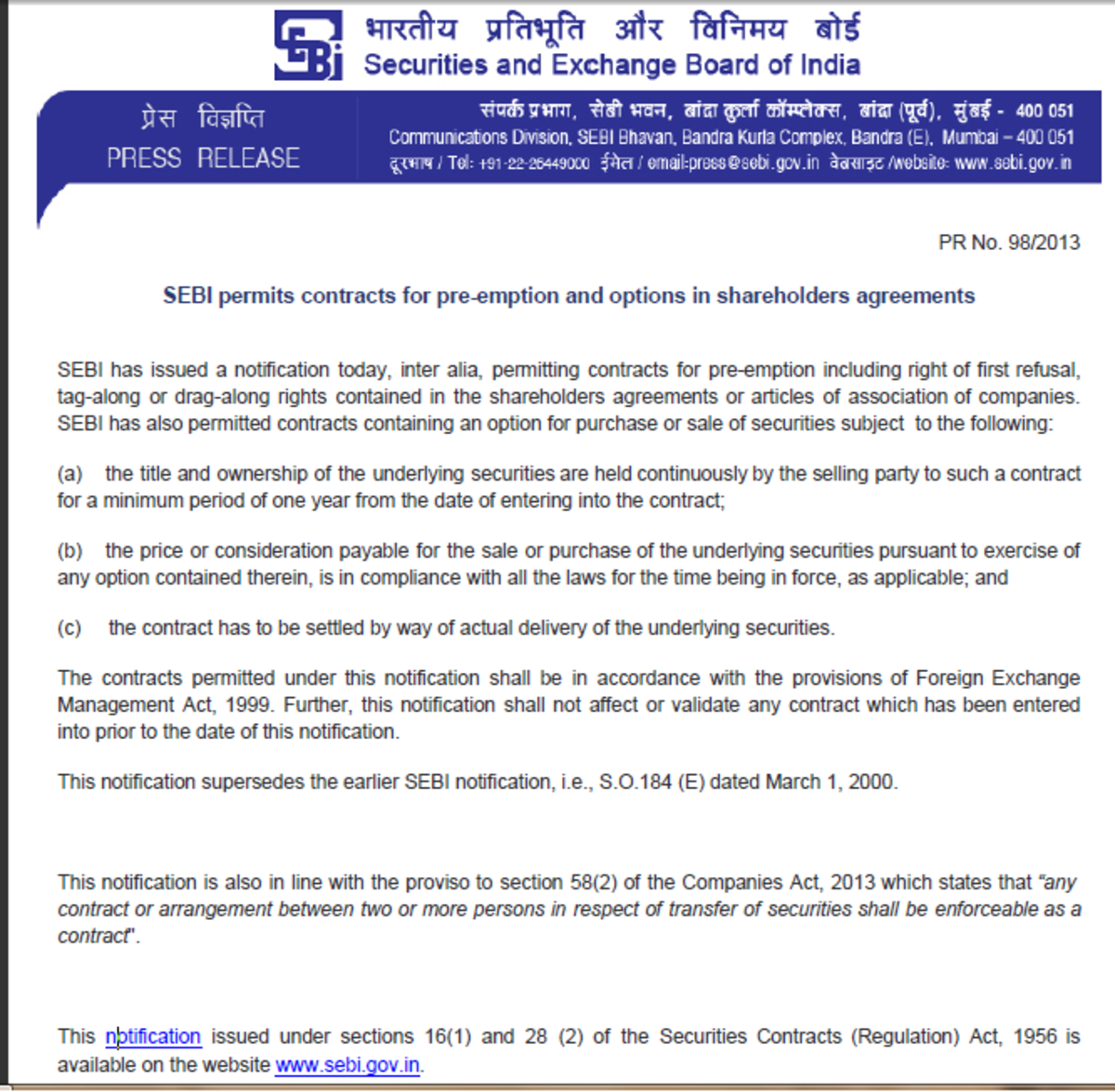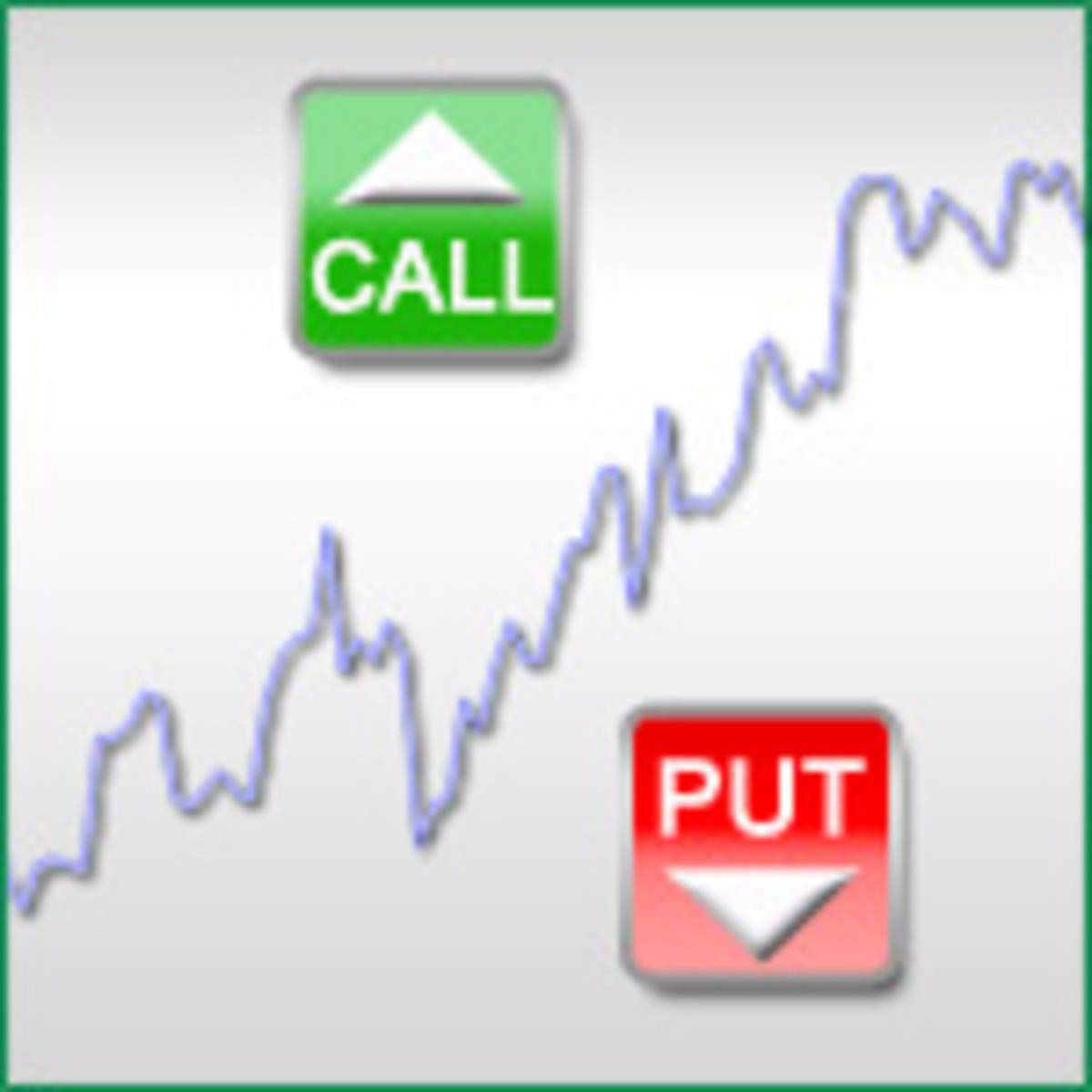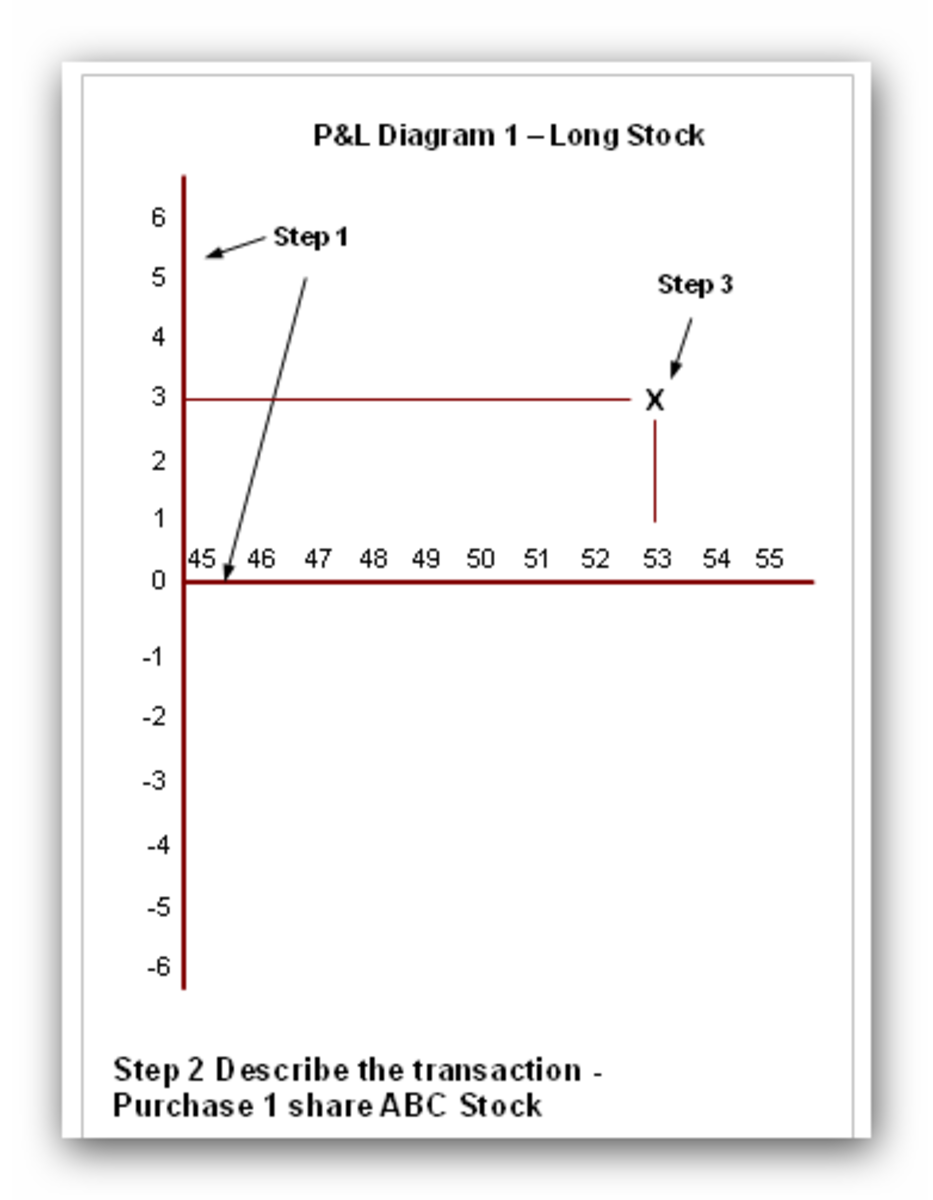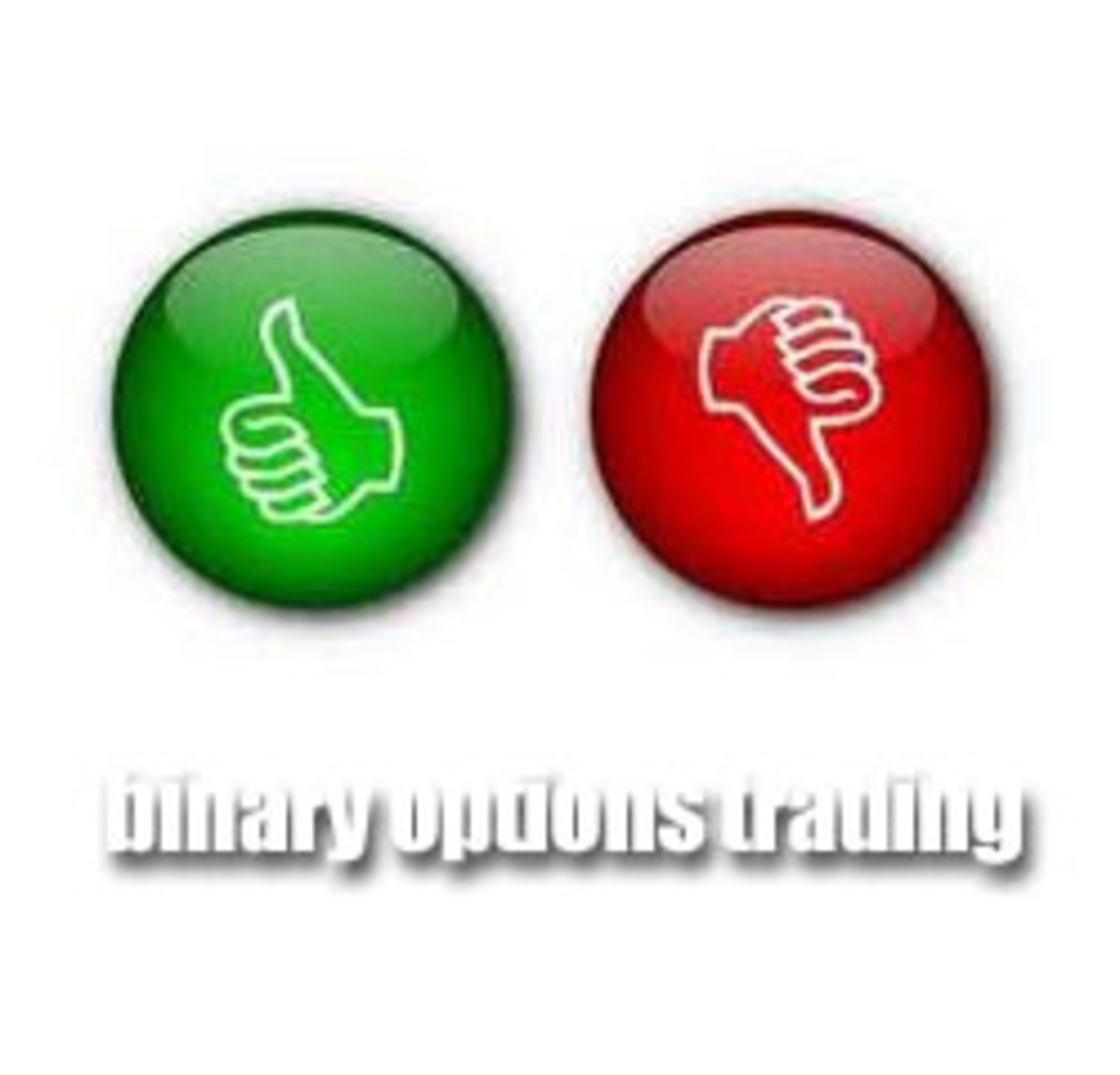Options Trading for Beginners: Puts and Calls
What is an option?
An options contract is an agreement between a buyer and seller that gives the purchaser of the option the right to buy or sell a particular asset at a later date at an agreed upon price.
A call option is an agreement that gives an investor the right, but not the obligation, to buy a stock at a certain price within a specific time frame.
A put option is an agreement that gives an investor the right, but not the obligation, to sell a stock, but not the obligation, to sell a stock at a certain price within a specific time frame.
Buying a call option
Buying a call option gives you the right to buy a stock at the strike price by a certain expiration date. An option is a contract that gives you leverage a standard contract is equivalent to 100 shares of the underlying security. This contract give you the right to buy however you do not have an obligation to buy the security.
Here is a real world example. Prices based on market close as of November 23 2018.
Shares of Apple (AAPL) are at a price of $172.29 if an investor thinks Apple shares will increase in the future they can purchase a call option giving them the right to buy the stock at the strike price. The investor decides to buy
1 call option with an expiration date of December 21/2018 the strike price is $180. The premium or the price paid for this option is $3.54, keep in mind an option contract is worth equal to 100 shares so you would pay $354 in total to buy this call option.
In order for you to break even shares of AAPL would need to be at $183.54 by December 21. If the stock is at $180 or lower your option would expire worthless, anything over $183.54 you would be profitable.
Keep in mind you do not have to wait until expiration, you can sell the call option anytime before it expires.
Long call option
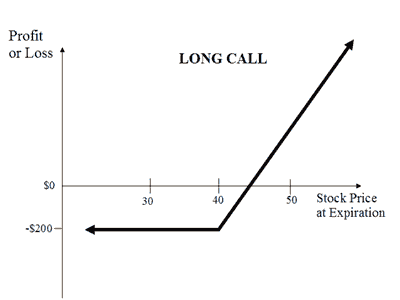
Buying a put option
A put is the opposite of a call if gives the buyer the right to sell a stock at the strike price. Using our shares of Apple (AAPL) as our example based on the same data and price as of the close of November 23/2018.
AAPL price $172.29 buying 1 put with and expiration of December 21/2018 with a strike price of $165.
The cost of this option is $3.80 or $380 for 1 contract. Shares of AAPL would need to go to $161.20 for you to break even on this trade at expiration. Below $161.20 you would be profitable.
Keep in mind you do not have to wait until expiration, you can sell the put option anytime before it expires.
Advantages of options
Leverage, small amount of capital controls a large amount of shares.
Significant profit potential
Do not have to wait until expiration, you sell an option anytime up until expiration.
Can be used as a hedge and reduce risk for your stock holdings
Long put option
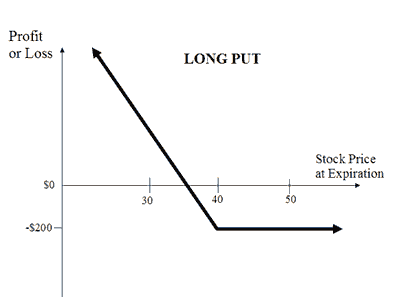
Risk and reward of buying an option
•Buying a call or a put you will risk the premium paid.
•Risk is that you will lose 100 percent meaning that your option will expire worthless and OTM (out of the money)
•Reward for a call option is theoretically unlimited.
•Reward for a put is limited because the stock cannot go below zero.
Disadvantages of options
Highly speculative because you are betting on the direction of a stock
Can lose 100 percent of your premium (even more if you are selling naked options)
Wide spreads for options can increase your costs as well commissions are more expensive.
Some things to keep in mind when trading calls and puts.
Out of the money (OTM) options that are closer to expiration will lose time value quicker.
Stocks that have an earnings report around the time of expiration tend to have a higher premium built in.
Stocks that have higher volatility will also have higher premiums built in the option pricing.
What happens to an option at expiration?
•ITM (In the money) calls and puts will be exercised.
•OTM (Out of the money) calls and puts will expire worthless.
•If you have no intention of exercising the option and it is ITM or ATM just close it out

